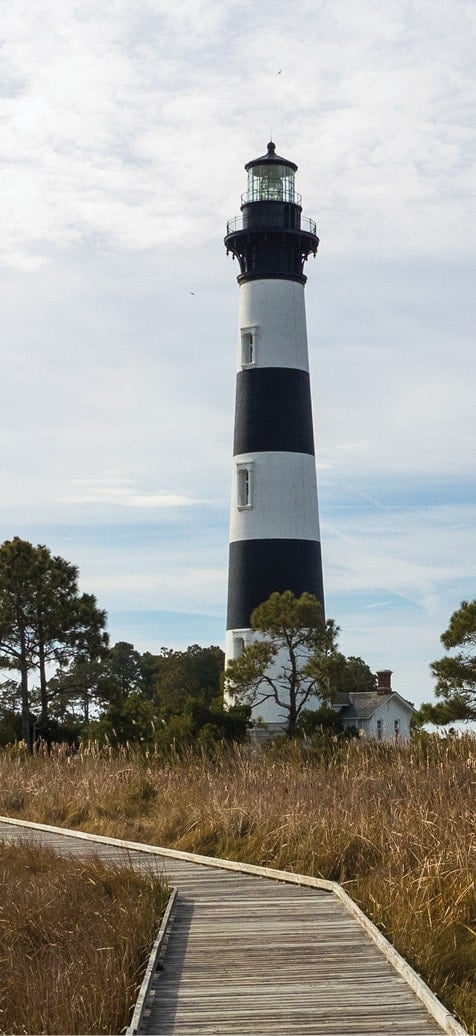Dear EarthTalk: Do insulating paints actually insulate and save energy? If they do, are they environmentally friendly to use? — Bob Dibrindisi, Easthampton, MA
Paint additives that claim insulating qualities have been marketed since the late 1990s, but energy research organizations have not confirmed their insulating value. For its part, the U.S. Environmental Protection Agency (EPA) does not recommend using paints or coatings in place of traditional bulk insulation. “We haven’t seen any independent studies that can verify their insulating qualities,” the agency reports. The federal government does rate roofing paint for its energy efficiency, but such findings only take into account a substance’s ability to reflect heat off the roof—not its insulating properties per se—to keep the building cooler.
According to the Department of Energy’s Oak Ridge National Laboratory, the use of so-called insulated paints is in most cases “difficult to justify on the basis of savings in energy costs alone.” Meanwhile, the non-profit EnergyIdeas Clearinghouse, a partnership between Washington State University and the nonprofit Northwest Energy Efficiency Alliance, found that under ideal circumstances insulating paints can achieve a “reduction in heat gain” of around 20 percent on freshly-painted sun-exposed walls, but notes that such walls will only face direct sunlight for a limited part of even the clearest summer day. Also, the clearinghouse reports that “heat gain reductions…are significant only for sun-bathed surfaces” and that the “reflectivity of the painted surface generally declines considerably with time.”
Alex Wilson of the website BuildingGreen.com is not a fan of insulating paints: “To say that there is a lot of hype about insulating paints…is an understatement,” he tells the website Treehugger.com. “The Internet is rife with claims of paints that dramatically reduce heat transfer—usually based on some technological magic spun off from NASA. While these products may have some relevance in the extreme conditions of outer space, manufacturers of paints containing [insulating additives] are making claims that defy the laws of physics…when they claim they can save significant energy in buildings.”
Nevertheless, for certain applications, especially in concert with traditional forms of insulation underneath, insulating paint can help reduce energy expenditures and air conditioning bills accordingly. For those who want to forge ahead with insulating paint despite the limited benefits, some of the leading brands to look for include Insuladd, Hy-Tech, Therma-Guard and Eagle Coatings’ SuperTherm.
Adding insulating paint should merely be the icing on the cake of an otherwise well-conceived plan to cut heating and cooling costs. Installing a traditional form of insulation would be the first defense. A reflective, radiant barrier on the roof structure in the attic also could offer significant help, according to the Florida Solar Energy Center. Thermal-pane windows and energy-conscious practices will contribute to the effort. Finally, consider trees and other landscape shading, which the U.S. Department of Energy recommends as an effective way of passively cooling your home. For more ideas, visit the “do-it-yourself energy audit tool” on the Lawrence Berkeley National Laboratory’s Home Energy Saver website.
CONTACTS: U.S. EPA, www.epa.gov; EnergyIdeas Clearinghouse, www.energyideas.org; Insuladd, www.insuladd.com, Hy-Tech, www.hytechsales.com; Eagle Coatings, www.eaglecoatings.net; Therma-Guard, www.befreetech.com/thermaguard.htm; Home Energy Saver, www.hes.lbl.gov.
SEND YOUR ENVIRONMENTAL QUESTIONS TO: EarthTalk, P.O. Box 5098, Westport, CT 06881; [email protected]. Read past columns at: www.emagazine.com/earthtalk/archives.php. EarthTalk is now a book! Details and order information at: www.emagazine.com/earthtalkbook.







